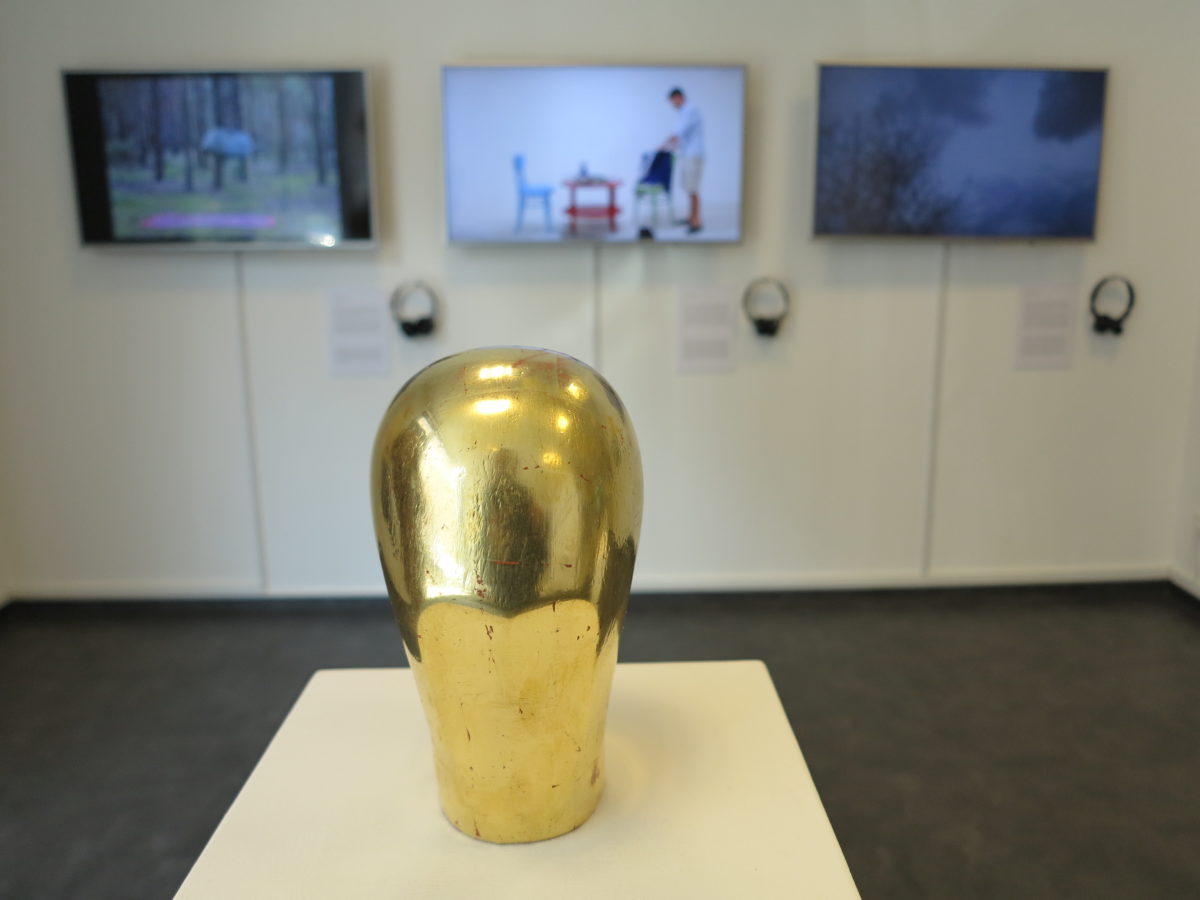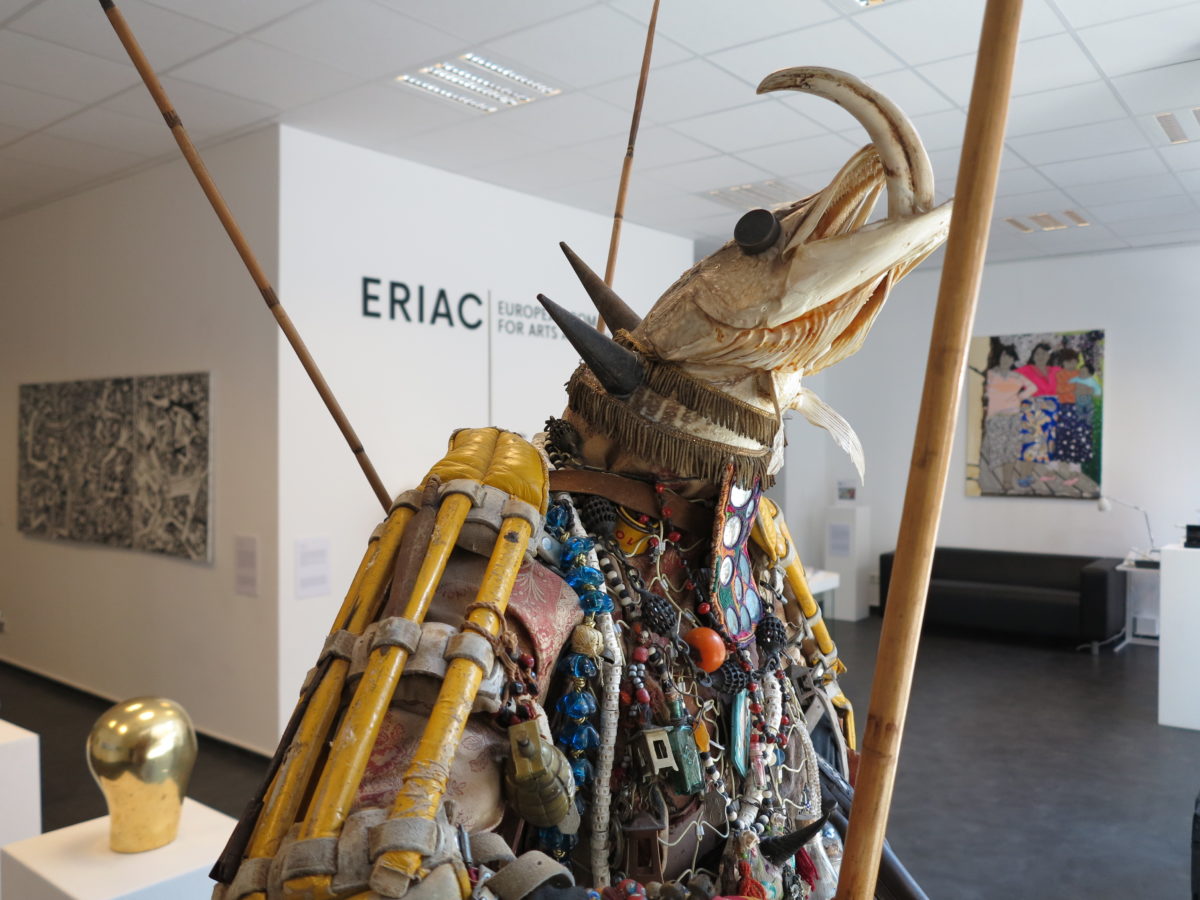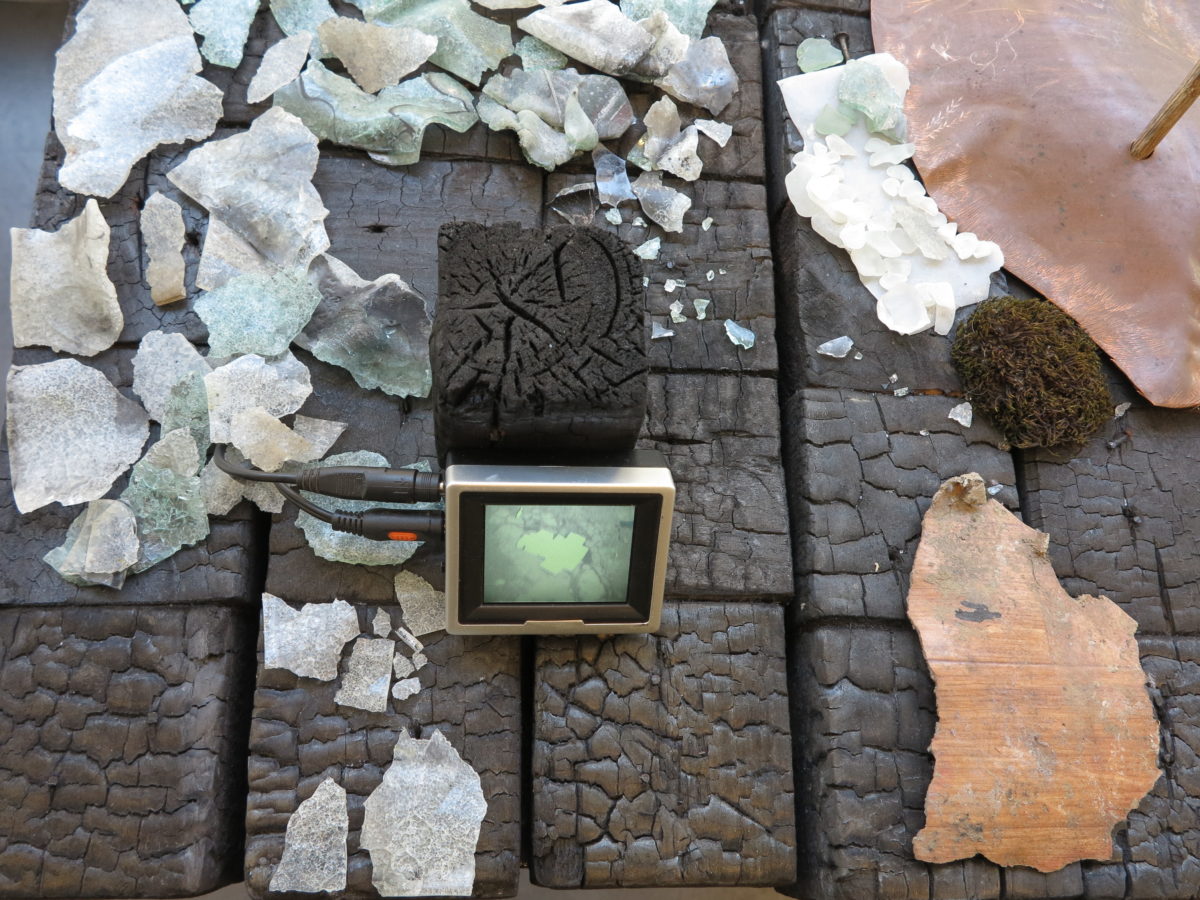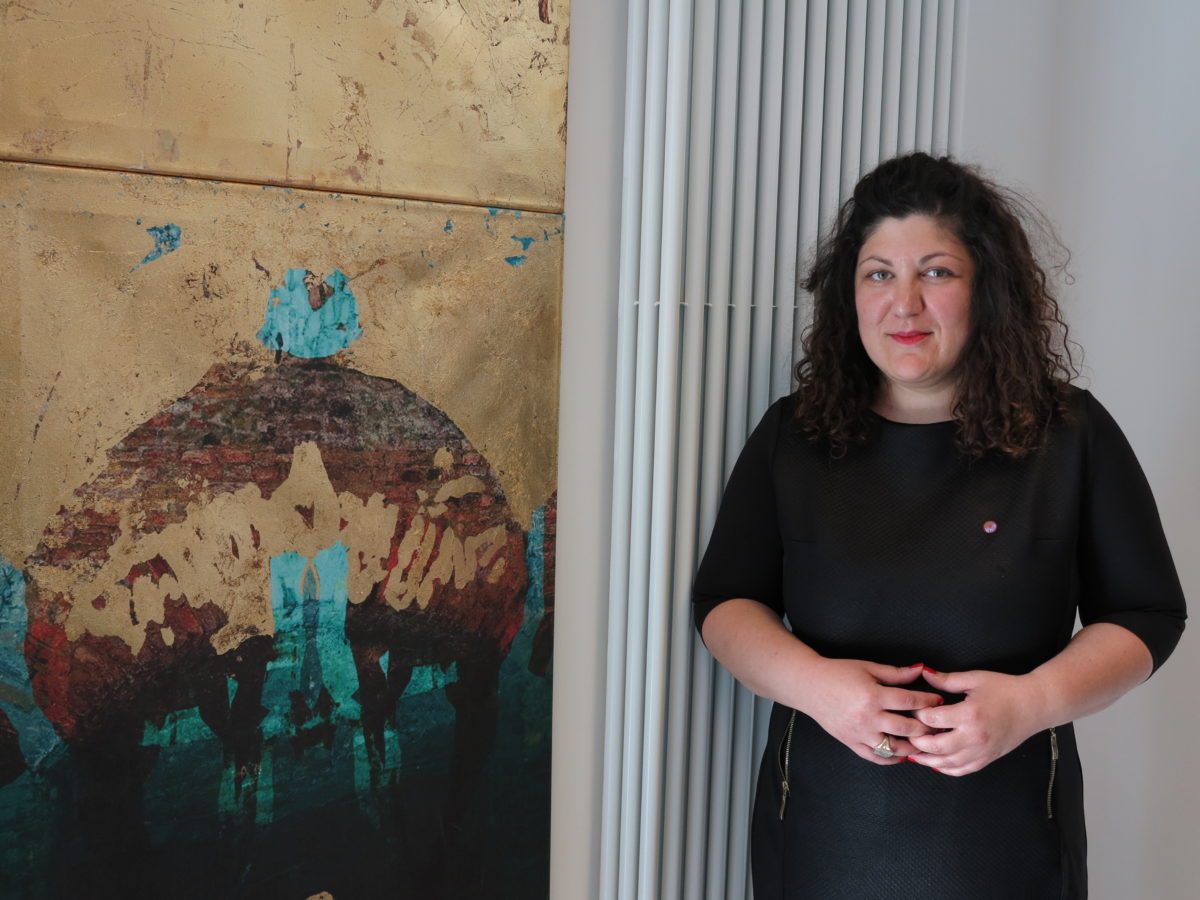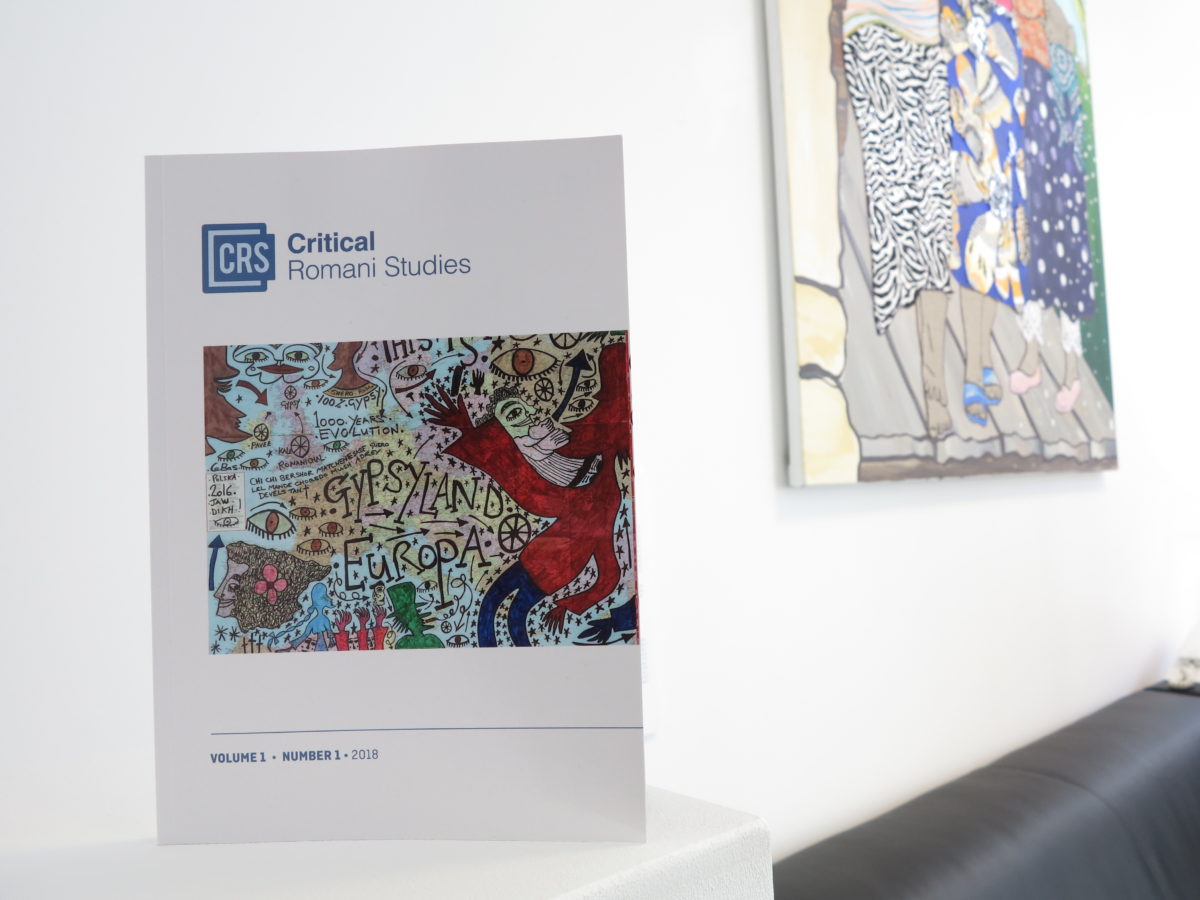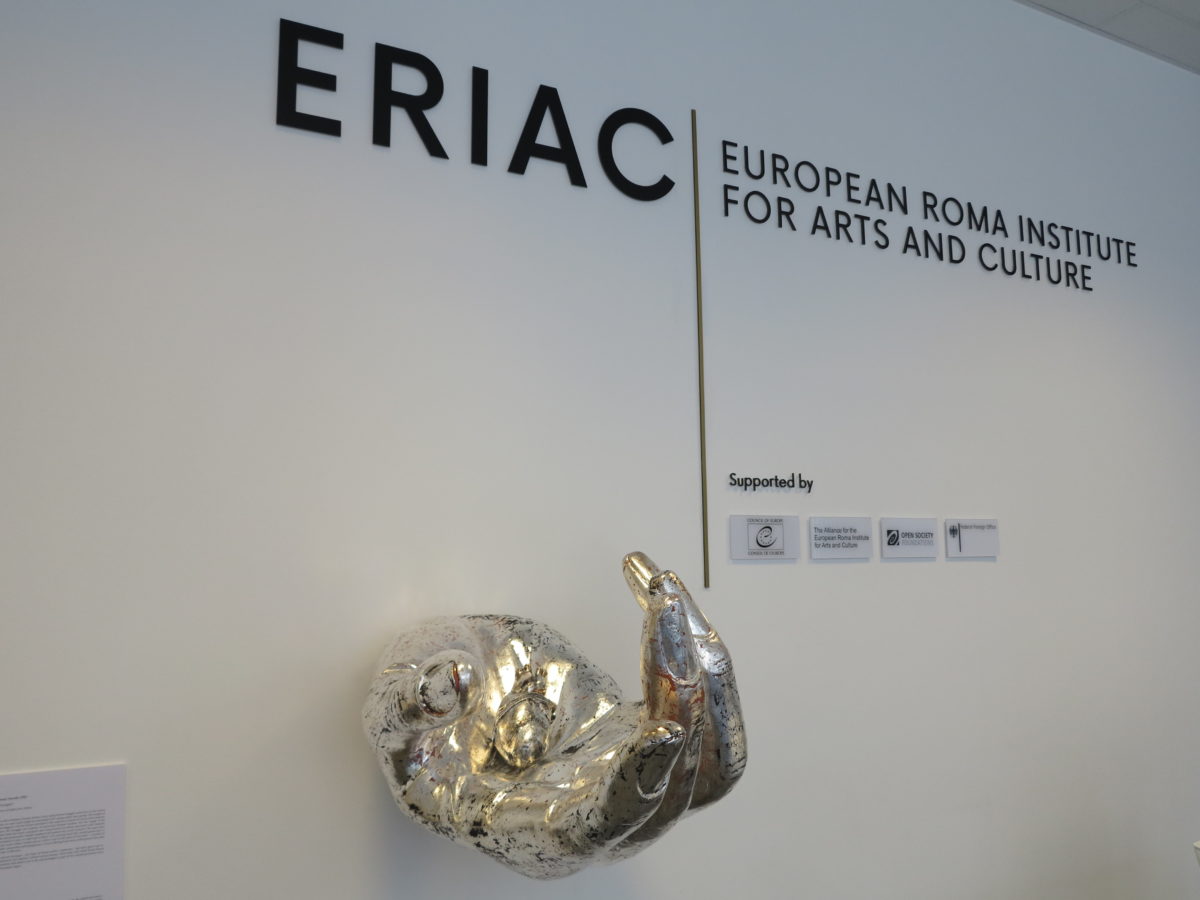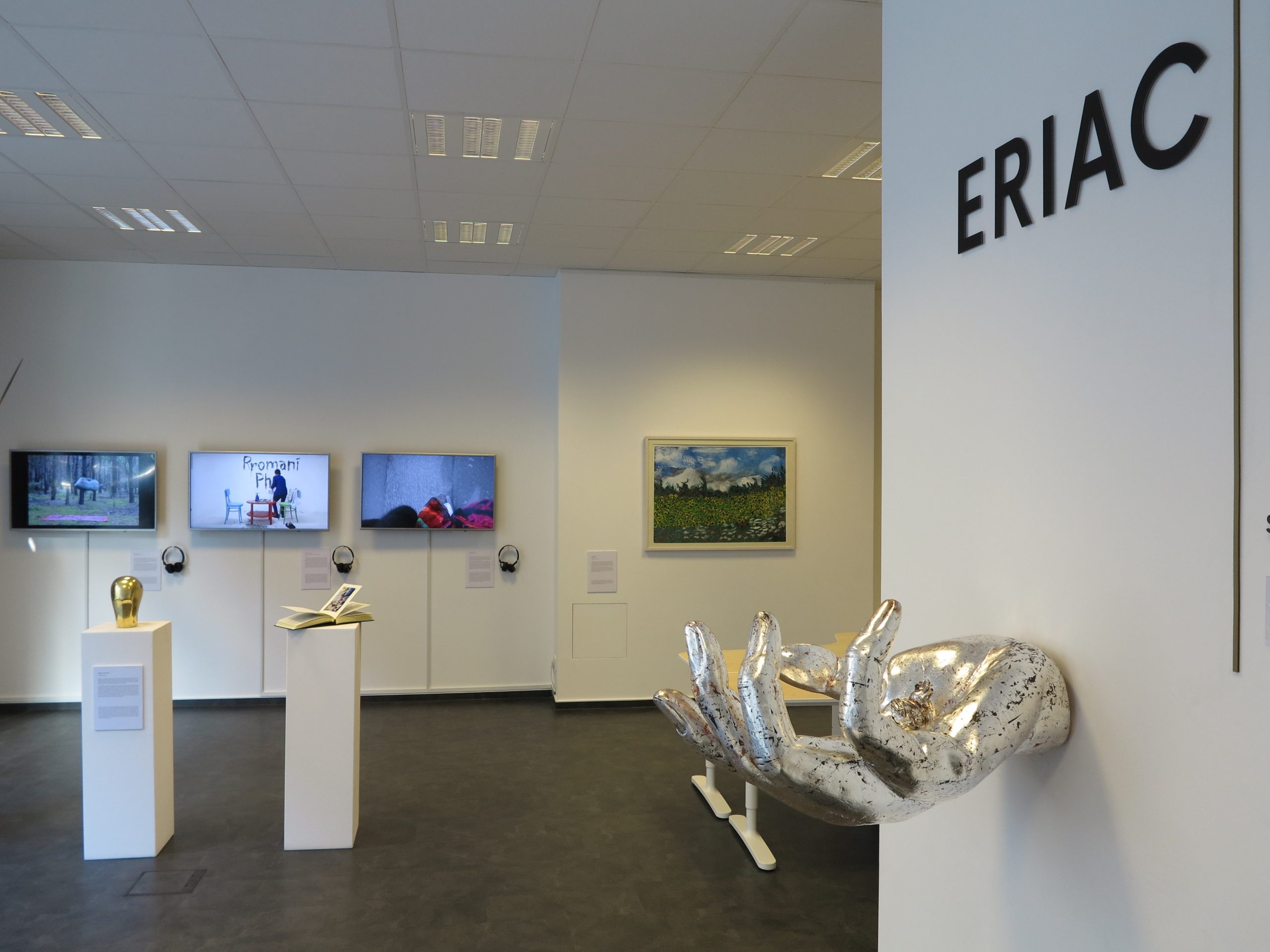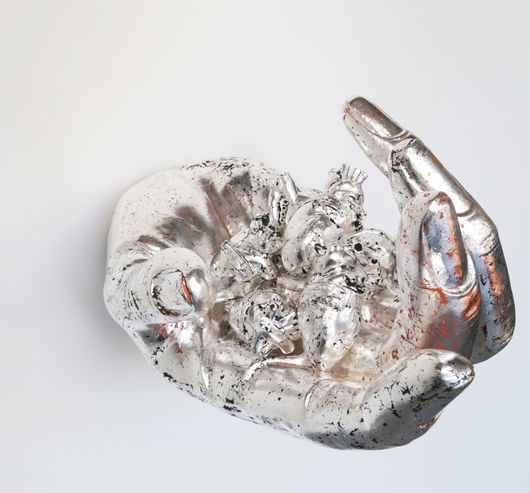Roma Spring: Art as Resistance
THE ROMA SPRING: ART AS RESISTANCE
May 16th 2018 – August 2nd 2018
EXHIBITION OPENING
On the occasion of the celebration of Roma Resistance Day (May 16th), ERIAC invites you to the opening of its new exhibition.
22nd of May 2018 at 6pm
ERIAC – Art Space, 10117 Berlin, Reinhardtstr. 41-43
The newest ERIAC exhibition, entitled “The Roma Spring: Art as Resistance,” presents a selection of artworks by visionary Roma artists from across Europe, taking stock of the current moment in time in which Roma arts, culture, scholarship, and political activism merge, interact, and reinforce each other mutually. Most visibly in the fields of arts and culture, but also in the academic, civil, and political circles, we are witnessing an awakening among Roma – an interlude to a full flourishment and development of Romani talent and potential, dormant within the confines of the Roma community.
In the context of this exhibition, Roma Spring is the process through which Roma individuals and entire communities amass self-awareness to celebrate the beauty and richness of the Romani diaspora. It is the process of rebirth and remaking of ethnic pride, rooted in Roma history, identity, and culture. It is the awakened vitality of Roma who re-claim a socially stigmatized identity, re-appropriating it through cultural affirmation. The Roma Spring represents a period of critical consciousness, ambition, and assertiveness as a stage towards self-liberation and self-determination.
But Roma Spring is not only about finding the energy to sprout through the hardened soil of the environment towards rebirth and reaffirmation. Like the “Spring of the Nations” (1848) or the “Arab Spring” (2010), the Roma Spring erupts in the face of the oppression. From within the Roma households and families, from within the Roma collectivity, a wave of peaceful resistance emerges, in protest of centuries of injustice, discrimination, and mistreatment. The Roma Spring manifests itself through a reclaiming of the public – its spaces and discourses – and retaking of the political. In this process, those on the margins speak back to the mainstream center, demanding recognition of Roma belonging. The Roma Spring is inevitably a period of social and political confrontation, of seeking historical justice and the parallel process of intellectual decolonization.
The Roma Spring represents the birth of awareness of the power resting within the Roma communities, discovering the potential of the assembly, its performative character, and the significance of individual and collective acts of resistance. This process announces the inevitable emergence of a critical mass – and collective critical consciousness – among Roma as the embodiment of resistance to inequality and injustice. The Roma Spring – as Resistance – blooms most visibly in the field of the arts, giving expression to the disagreement and tension boiling within the Roma communities. The Arts becomes a space of contention, confrontation, and negotiation, in which the oppressive reality can be challenged and a new social order can be imagined.
ARTISTS: Daniel Baker, Krzysztof Gil, Gabi Jimenez, Sead Kazanxhiu, Delaine Le Bas, Damian Le Bas, Malgorzata Mirga-Tas, Emilia Rigova, Marina Rosselle, Ceija Stojka, Kalman Varady, Erika Varga
Curated by: Anna Mirga-Kruszelnicka
Organized with the support of Gallery Kai Dikhas
